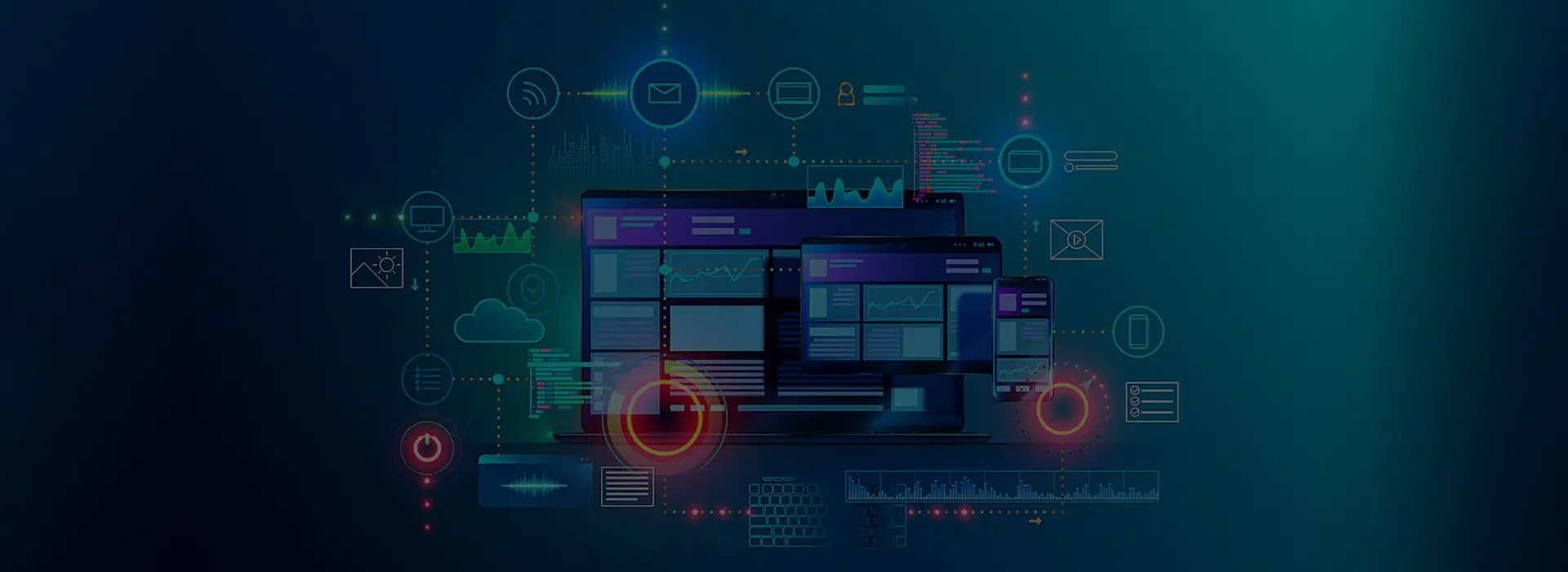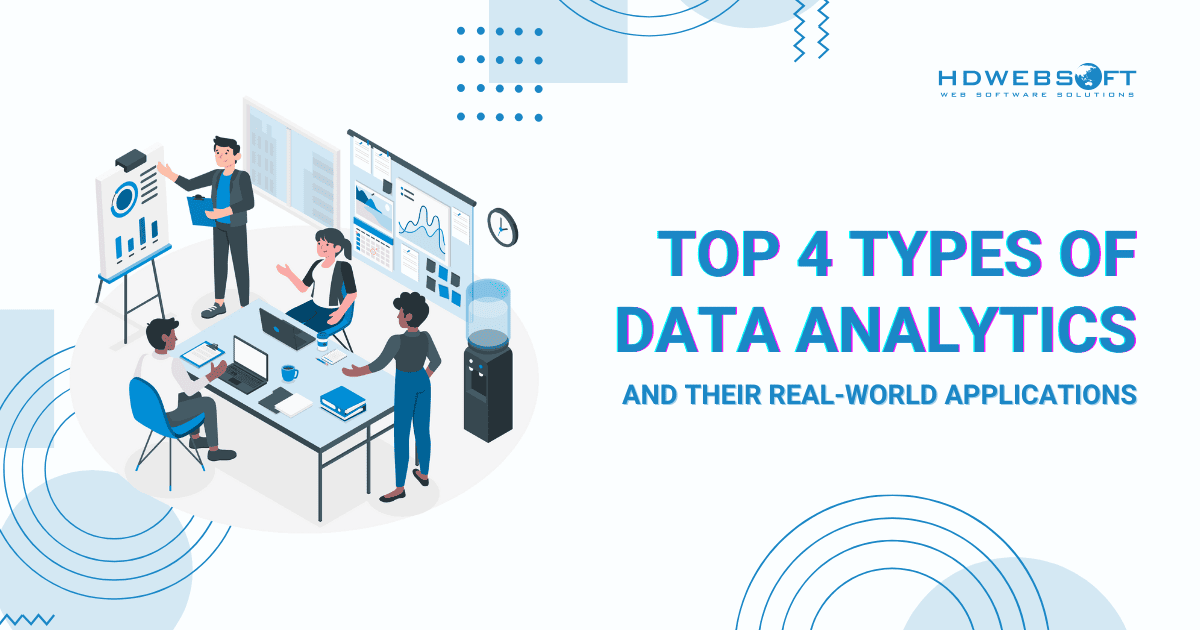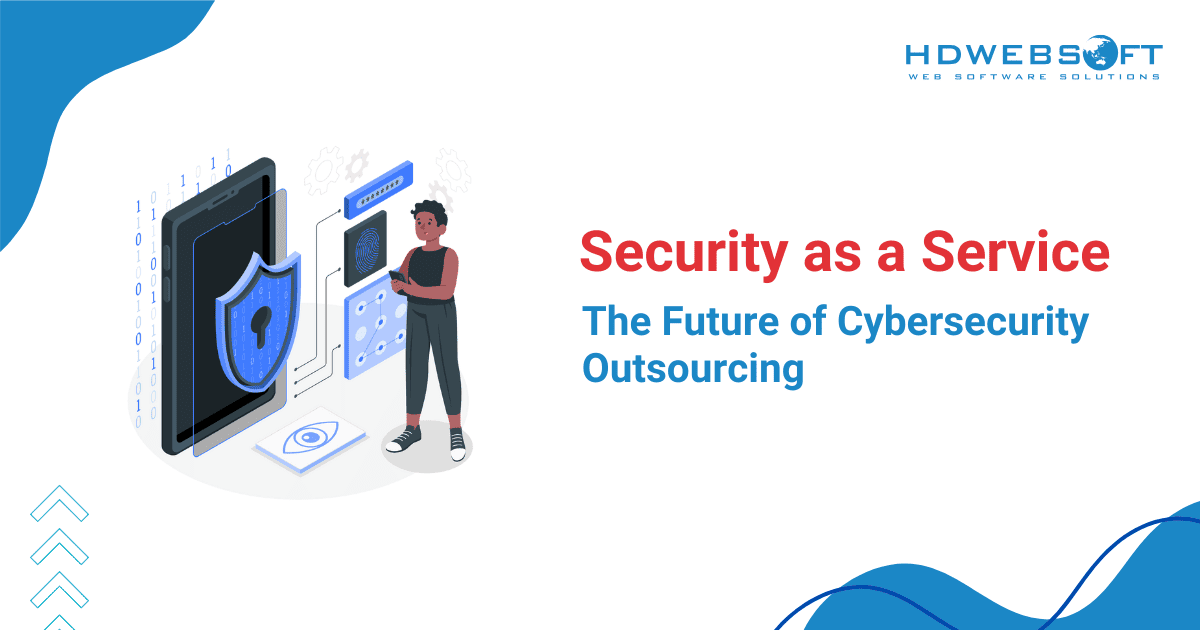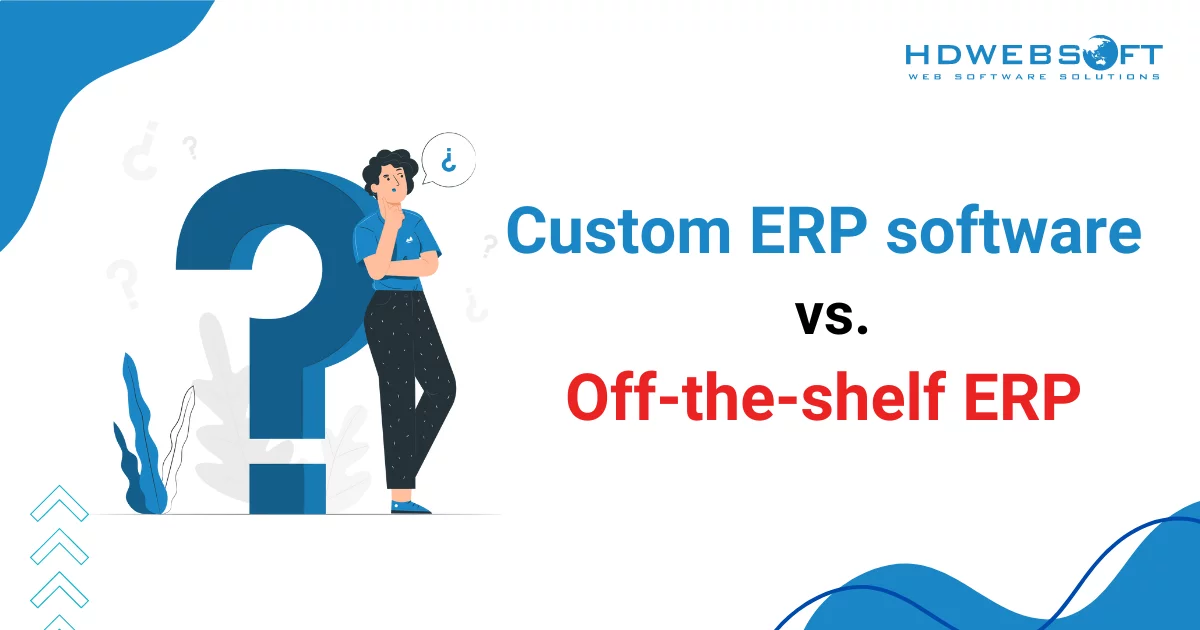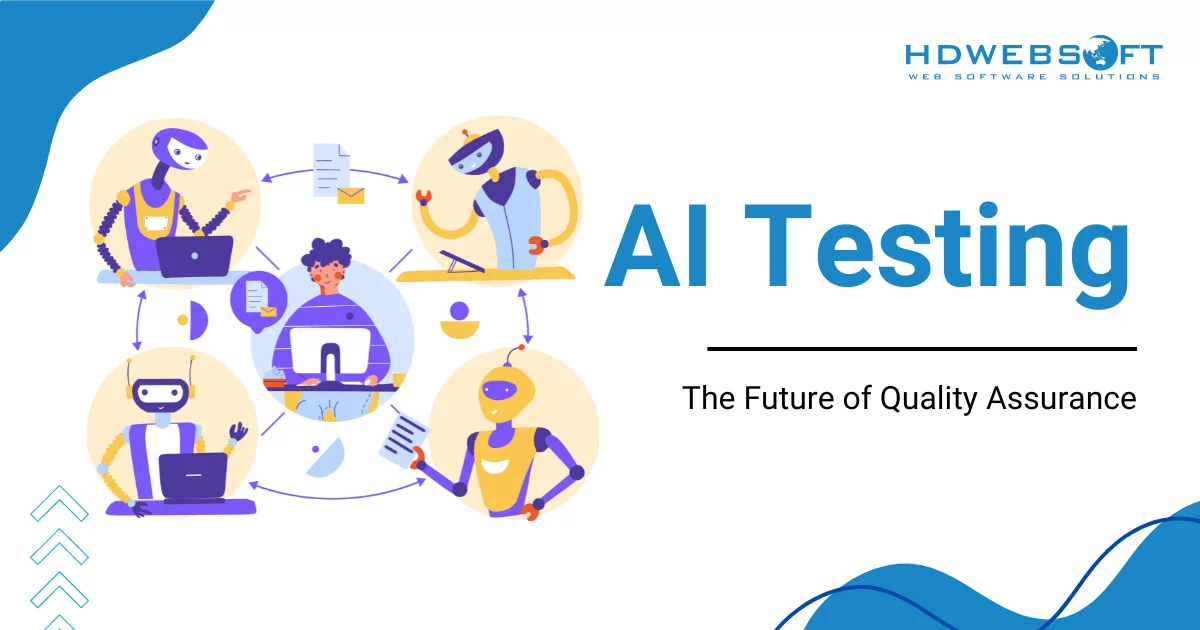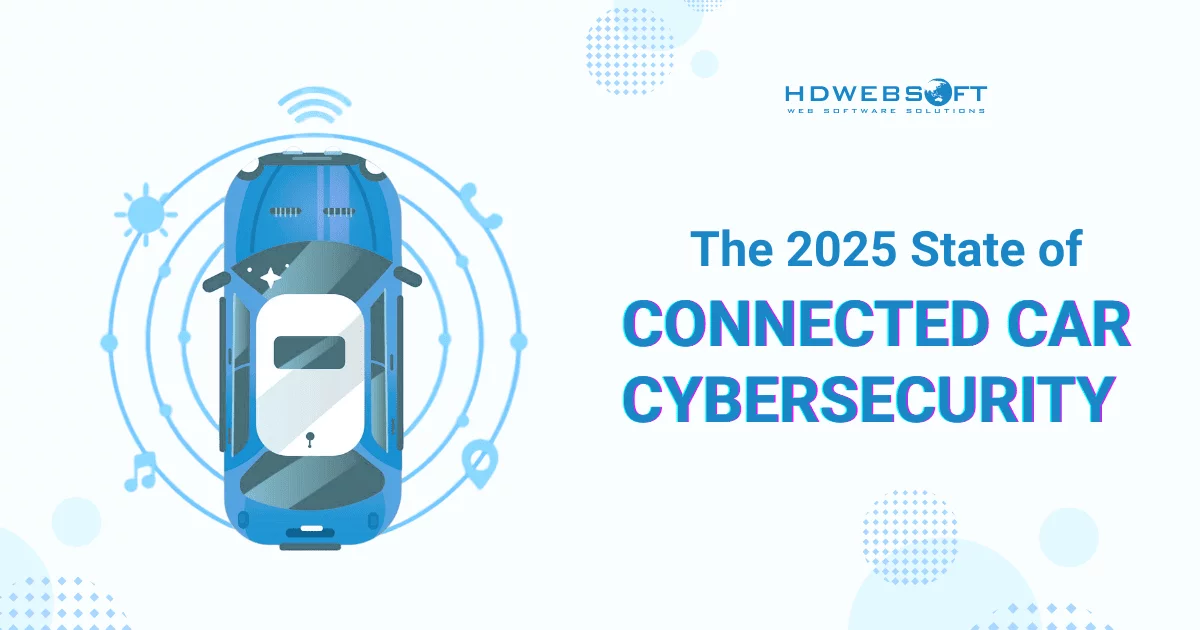
Edge Computing vs Cloud Computing: Which Architecture is Right for Your Business in 2025?
In today’s rapidly evolving digital landscape, the edge computing vs cloud computing decision has become a critical choice that could shape your business’s technological future. Rather than simply picking a buzzword, this architectural selection will drive your company’s success, efficiency, and competitive advantage.
As we navigate through 2025, this decision has become increasingly complex. While cloud computing has dominated the enterprise landscape for over a decade, edge computing is emerging as a formidable alternative. In particular, for organizations requiring real-time processing and ultra-low latency. At the same time, cloud software development continues to evolve rapidly, offering unmatched scalability, flexibility, and integration with emerging technologies.
Hence, understanding the nuances of edge computing vs cloud computing will determine whether your business stays ahead of the curve or falls behind competitors who make more strategic architectural choices.
- 1) Defining Our Digital Architectures
- 2) Head-to-Head Comparison: Edge Computing vs Cloud Computing
- 3) Strategic Use Case Scenarios: When Each Architecture Shines
- 4) Decision Framework: Navigating Your Architecture Choice
- 5) Future-Proofing Your Technology Investment
- 6) Making the Right Choice for Your Business
Defining Our Digital Architectures
What is Edge Computing in Simple Terms?
Edge computing represents a paradigm shift from centralized data processing to distributed computing at the network’s edge. Instead of sending all data to distant servers, edge computing processes information closer to where it’s generated. Be it an IoT sensor, manufacturing equipment, or mobile device.
Think of edge computing as having mini data centers strategically positioned near your operations. Consequently, this proximity dramatically reduces the time it takes for data to travel, resulting in faster response times and improved performance. Furthermore, edge computing enables businesses to process sensitive data locally, addressing privacy concerns while maintaining operational efficiency.
What is Cloud Computing? A Brief Refresh
Cloud computing, on the other hand, centralizes computing resources in massive data centers operated by providers like AWS, Google Cloud, or Microsoft Azure. This model allows businesses to access virtually unlimited computing power, storage, and services on demand, without maintaining physical infrastructure.
The beauty of cloud computing lies in its scalability and cost-effectiveness. Moreover, it enables small startups to access the same computing resources as Fortune 500 companies, democratizing technology access across industries. However, this centralized approach comes with trade-offs that become apparent when comparing edge computing vs cloud computing.
Read more: Top AWS Security Issues and How to Prevent Them.
Head-to-Head Comparison: Edge Computing vs Cloud Computing
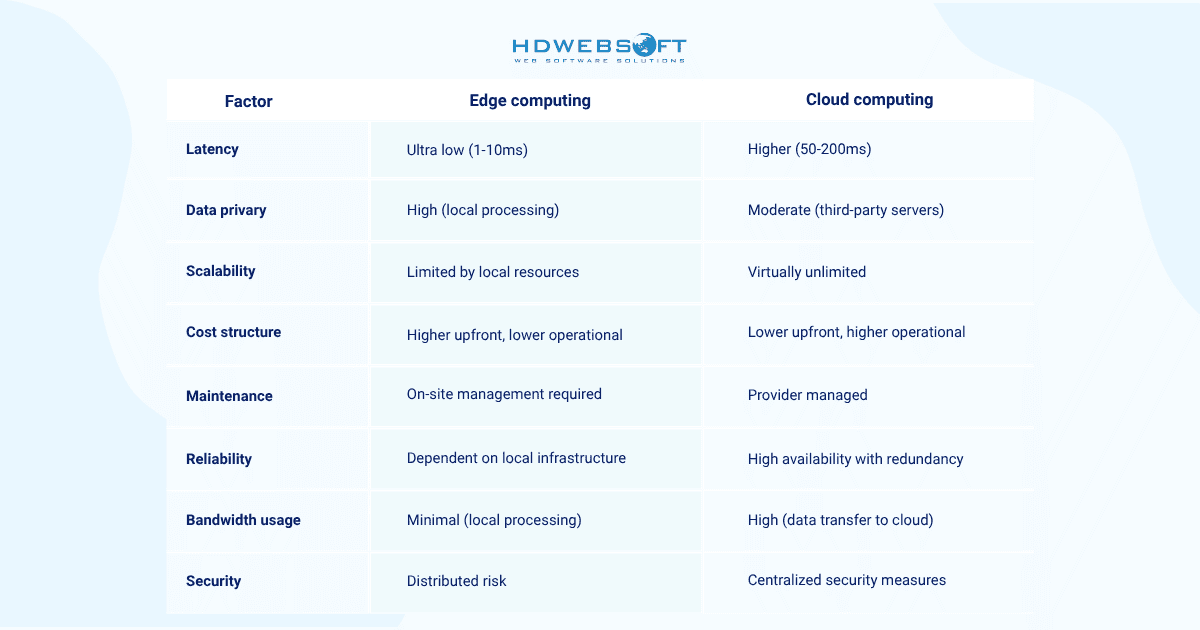
Strategic Use Case Scenarios: When Each Architecture Shines
When Edge Computing Becomes Your Strategic Advantage
For starters, edge computing excels in scenarios where milliseconds matter and data sensitivity is paramount. Manufacturing environments represent a prime example where edge computing vs cloud computing decisions favor the edge. Assembly lines equipped with IoT sensors generate massive amounts of real-time data requiring immediate analysis.
Additionally, autonomous vehicles showcase edge computing’s critical importance. These vehicles cannot afford to wait for cloud responses when making split-second decisions about braking or steering. Similarly, healthcare applications monitoring patient vital signs need instantaneous processing to trigger alerts during emergencies.
Financial trading platforms also benefit significantly from edge computing architecture. In high-frequency trading, even microsecond delays can result in substantial financial losses. Therefore, processing transactions at the edge provides the competitive advantage necessary for success in this demanding environment.
When Cloud Computing Delivers Superior Value
Conversely, cloud computing shines in scenarios requiring massive scalability, complex analytics, and cost optimization. Startups launching new applications benefit tremendously from cloud computing’s pay-as-you-grow model. Instead of investing heavily in infrastructure, they can focus resources on product development and market penetration.
Enterprise resource planning (ERP) systems represent another area where cloud computing typically wins the edge computing vs cloud computing debate. These systems require extensive integration capabilities, regular updates, and robust backup solutions, all strengths of cloud platforms.
Furthermore, ML and AI projects often favor cloud computing due to the massive computational resources required for training complex models. Cloud providers offer specialized AI services and hardware that would be prohibitively expensive for most organizations to maintain on-premises.
Hybrid Approaches: The Best of Both Worlds
Increasingly, smart organizations aren’t choosing between cloud computing vs edge computing. They’re implementing hybrid strategies that leverage both architectures’ strengths. This approach allows businesses to process time-sensitive data at the edge while utilizing cloud resources for heavy computational tasks and long-term storage.
Retail chains exemplify this hybrid model perfectly. Point-of-sale systems process transactions at the edge for immediate customer service. Meanwhile, they simultaneously send anonymized data to the cloud for comprehensive analytics and inventory management. Consequently, this strategy ensures optimal customer experience while maintaining robust business intelligence capabilities.
Key Questions Every Business Should Ask
When evaluating edge computing vs cloud computing for your organization, several critical questions will guide your decision-making process. First, consider your latency requirements. Can your applications tolerate delays measured in hundreds of milliseconds, or do you need responses within single-digit milliseconds?
Next, examine your data sensitivity and regulatory requirements. Industries like healthcare, finance, and government often face strict data sovereignty requirements that favor edge computing solutions. For healthcare organizations specifically, understanding HIPAA compliance software requirements becomes crucial when making architectural decisions. However, if your data isn’t particularly sensitive and compliance requirements are minimal, cloud computing might offer better value.
Budget considerations play a crucial role in the cloud computing vs edge computing decision. Edge computing typically requires higher upfront investments in hardware and infrastructure. All the while, cloud computing spreads costs over time through operational expenses. Therefore, your organization’s financial structure and cash flow preferences will influence this choice significantly.
Implementation Timeline Considerations
Timeline requirements also impact your edge computing vs cloud computing decision. Cloud computing typically enables faster deployment since infrastructure is already available and managed by the provider. Therefore, most businesses can deploy cloud-based solutions within days or weeks, depending on complexity. The global cloud computing market demonstrates this accessibility, with recent data showing the market is valued at $860 billion in 2025 and projected to reach $2.26 trillion by 2030.
On the other hand, edge computing implementations often require longer deployment cycles due to hardware procurement, installation, and configuration requirements. Understanding proper software project planning methodologies becomes crucial when managing these complex edge computing deployments. Nevertheless, this longer timeline might be justified if your use case demands the performance benefits that edge computing provides.
Additionally, consider your organization’s technical expertise. Cloud computing abstracts much of the infrastructure management complexity, while edge computing requires more hands-on technical management. Consequently, organizations with limited IT resources might find cloud computing more manageable initially.
Alternatively, you can always outsource your IT support if you want to implement edge computing.
Future-Proofing Your Technology Investment
As we look toward the future, the edge computing vs cloud computing landscape continues evolving rapidly. 5G networks are making edge computing more accessible and powerful. In addition, cloud providers are expanding their edge offerings to create more seamless hybrid solutions.
The Internet of Things explosion is driving increased demand for edge computing capabilities. According to recent market research, by 2025, it is estimated that 75% of enterprise-generated data will be created and processed at the edge, outside of traditional data centers or the cloud. Smart cities, industrial IoT, and connected healthcare devices all benefit from local processing power. Meanwhile, cloud computing continues advancing with serverless architectures, improved AI services, and enhanced global reach.
Ultimately, the most successful organizations will be those that strategically combine both architectures rather than viewing cloud computing vs edge computing as an either-or decision. This hybrid approach enables businesses to optimize for performance, cost, and scalability simultaneously.
Making the Right Choice for Your Business
The edge computing vs cloud computing decision ultimately depends on your specific business requirements, technical constraints, and strategic objectives. There’s no universal right answer, only the right answer for your unique situation.
As technology continues advancing, the lines between cloud computing vs edge computing are blurring. Smart businesses are already implementing hybrid strategies that leverage both architectures’ strengths while mitigating their respective weaknesses.
Ready to make the right architectural choice for your business? At HDWEBSOFT, we help organizations navigate complex technology decisions and implement solutions that drive real business value. Contact us today to discuss your specific requirements and discover how the right architecture choice can accelerate your business growth and competitive advantage.


